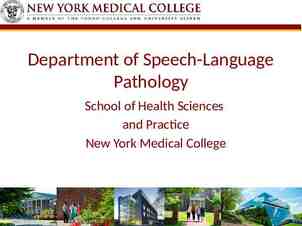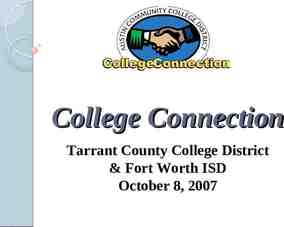TOPIC 9: HAND HYGIENE Date of Training
18 Slides6.65 MB

TOPIC 9: HAND HYGIENE Date of Training

AGENDA Introduction Hand Hygiene Reflection & Next Steps Hand Hygiene 2

LEARNING OBJECTIVES Describe two (2) reasons why having clean hands is especially important in healthcare. Discuss two (2) reasons why hands are a main way that germs can spread in the environment. Hand Hygiene 3

INTRODUCTIONS Please introduce yourself with: Your name Your role 4

DEFINITIONS Hand Hygiene Hand hygiene means cleaning your hands by using either handwashing (washing hands with soap and water), antiseptic hand wash, antiseptic hand rub (i.e., alcohol-based hand sanitizer including foam or gel), or surgical hand antisepsis. Hand Hygiene 5

Share Your Current Practice How many times do you wash your hands or use alcohol-based hand sanitizer throughout an average workday? 6

GERMS CAN SPREAD FROM SURFACES Hand Hygiene 7

INSIDE INFECTION CONTROL Hand Hygiene 8

Discussion What did we learn from the nursing example? Healthcare workers touch a lot of items during their workday, so being diligent about hand hygiene matters. 9

Discussion What stands out as particularly important about hand hygiene in healthcare? Some parts of the hands make it easier for germs to grow, like between fingers, under the fingernails, and in breaks in the skin. That’s why we need to clean our hands very 10

BREAKOUT GROUPS Instructions Discuss the scenario. Brainstorm a strategy that you could use if you find yourself in this situation. Breakout Groups 1 and 2 Scenario: In patient care environments, you notice a supervisor who never washes their hands after removing gloves. Breakout Groups 3 and 4 Scenario: You notice a colleague who seems to leave their phone everywhere – on the floor, on the counter, at the nurses’ station, in patient rooms, and on other hightouch surfaces. Hand Hygiene 11

Report Out Share your strategies for addressing the scenarios: Scenario: In patient care environments, you notice a supervisor who never washes their hands after removing gloves. Scenario: You notice a colleague who seems to leave their phone everywhere – on the floor, on the counter, at the nurses’ station, in patient rooms, and on other hightouch surfaces. 12

STRATEGIES Talk with your supervisor Talk with your colleagues Share CDC hand hygiene resources Clean Hands Count for Healthcare Providers Clean Hands Count for Patients Clean Hands Save Lives Hand Hygiene 13

REFLECTION Hand Hygiene 14

Personal Reflection Think honestly about your own hand hygiene practices. Imagining yourself throughout the workday, In what instances do you find it easy to consistently practice good hand hygiene? Celebrate this success! Is there something you could do for yourself to honor this achievement? Can you identify opportunities for improvement? What could you do to make hand hygiene easier in these instances? 15

Questions? Are there any remaining questions about hand hygiene? 16

RESOURCES AND FUTURE TRAINING SESSIONS CDC’s Hand Hygiene in Healthcare Settings: https://www.cdc.gov/handhygiene/index.html Project Firstline on CDC: https://www.cdc.gov/infection control/projectfirstline/index.html CDC’s Project Firstline on Facebook: https://www.facebook.com/CDCProjectFirstline CDC’s Project Firstline on Twitter: https://twitter.com/CDC Firstline Project Firstline Inside Infection Control on YouTube: https://www.youtube.com/playlist?list PLvrp9iOILTQZQGtDnSDGViKDdRtIc13VX To sign up for Project Firstline e-mails, click here: https://tools.cdc.gov/campaignproxyservice/subscriptions.aspx?topic id USCDC 2104 Hand Hygiene 17

FEEDBACK FORM Hand Hygiene 18






